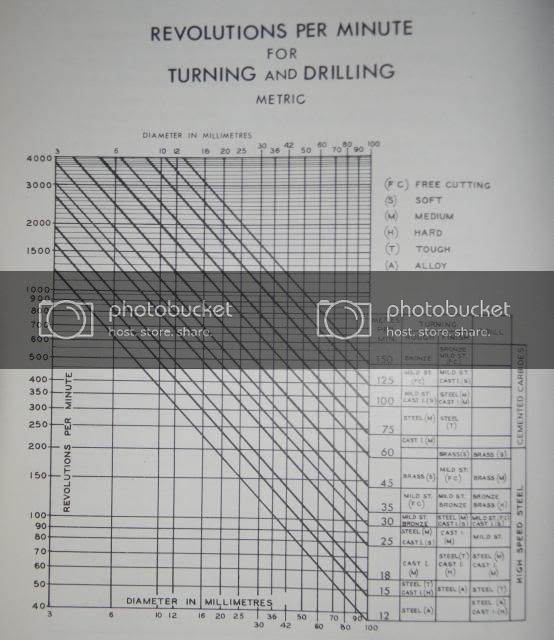Justturnin
Member
I have not cut a lot of metal on my metal lathe but that is slowly changing. I cut a piece the other day for a friend and cleaned up the face. Doing this I used a Water Soluble Oil. Works fine but is a pain to clean off the lathe. I don't want to leave it because I am worried the lathe will rust due to the water. I oil the lathe after use but was wondering if there is an easier way to clean up things after I am done. I was thinking WD40 but not sure.
What say you?
What say you?

